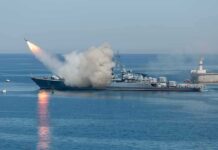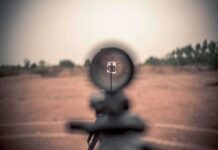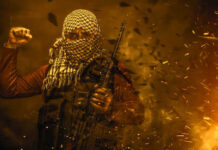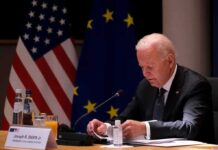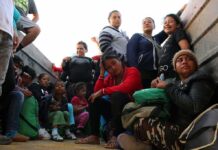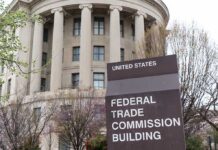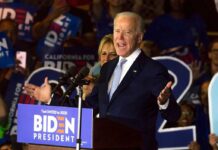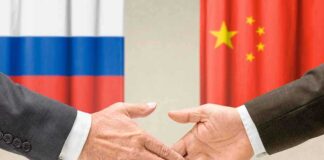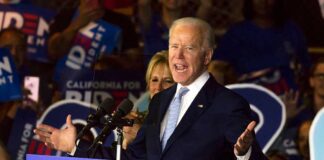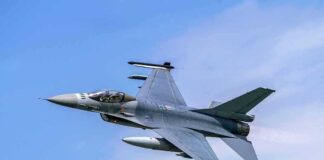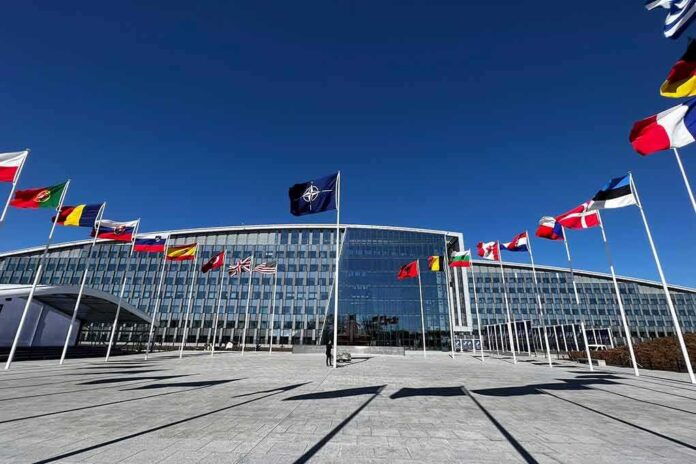
NATO Secretary-General Mark Rutte shocks allies by calling for a dramatic military spending increase to 5% of GDP—more than double the current requirement—as Russia rebuilds its war machine for potential aggression beyond Ukraine.
Key Takeaways
- NATO Secretary-General Mark Rutte urged member nations to consider increasing defense spending to 5% of GDP, far beyond the current 2% threshold that nine NATO countries still fail to meet.
- The NATO Parliamentary Assembly concluded with 300 participants from 32 NATO nations gathering in Dayton, Ohio to commemorate the 30th anniversary of the Dayton Peace Accords while finalizing resolutions on collective security.
- Russia was identified as the primary threat to NATO, with Iran, North Korea, and China also named as significant security concerns requiring a strengthened defensive posture.
- NATO will discuss increasing the defense spending target to 3.5% of GDP, with an additional 1.5% for defense-related projects, at their upcoming June meeting of Ministers of Defence.
NATO’s Call for Unprecedented Military Investment
As representatives from 32 NATO nations gathered in Dayton, Ohio to commemorate the 30th anniversary of the peace accords that ended the Bosnian war, NATO Secretary-General Mark Rutte delivered a sobering message about the alliance’s future security needs. At the NATO Parliamentary Assembly, Rutte emphasized that the current 2% of GDP spending target—which nine member nations still fail to meet—may be woefully inadequate given the scale of emerging threats. The historic setting of Dayton, where peace was negotiated three decades ago, provided a stark backdrop for discussions about the deteriorating security situation in Europe.
Currently, Belgium, Canada, Croatia, Italy, Luxembourg, Montenegro, Portugal, Slovenia, and Spain have not yet reached the 2% GDP defense spending threshold established in 2023. This shortfall comes at a critical time when NATO faces multiple security challenges, particularly from Russia’s continued aggression in Ukraine. The assembly’s discussions culminated in several resolutions to be presented to NATO’s Ministers of Defence at their upcoming June meeting, where a proposed increase to 3.5% of GDP for defense, with an additional 1.5% for defense-related projects, will be considered.
“Our goal as NATO is peace. Peace must begin with us. Peace must begin in Dayton” Stated Dayton Congressman Mike Turner
Multiple Threats Driving NATO’s Security Reassessment
During the assembly, Rutte outlined a series of mounting threats that justify increased military investment. Russia’s ongoing war against Ukraine stands as the most immediate concern, but the Secretary-General pointed to a broader spectrum of threats. The gathering took place against the backdrop of Russia’s continued drone offensive in Ukraine, underscoring the real and present danger to European security. For NATO planners, the question is not if Russia might threaten other European nations, but when such aggression might materialize.
“Some will say in three years they are able to attack us, some will say in five years, and some will say in seven.” Beyond Russia, Rutte identified several other international actors of concern requiring NATO’s vigilance. “The Russians, Iran, North Korea, China. China is now rapidly ramping up its defense spending and production” Stated Mark Rutte, NATO Secretary-General
Ukraine’s Critical Role in European Security
A Ukrainian representative at the assembly emphasized that building up Ukraine’s armed forces serves as a crucial defense layer that directly impacts NATO’s security posture. Though Ukraine is not a NATO member, allies increasingly view a Ukrainian victory against Russia as essential for European and global stability. President Trump’s administration has been clear that supporting Ukraine’s defense capabilities is necessary, though with greater accountability and efficiency than previous funding approaches.
The NATO Parliamentary Assembly reaffirmed that peace and democracy fundamentally require security—a principle that seems increasingly relevant as Russia continues its aggression. The gathering in Dayton included various cultural events alongside the serious security discussions, including art exhibits, history displays, public lectures, and a Concert for Peace. Downtown Dayton was transformed into a “NATO Village” with flags from member nations highlighting the city’s international connections and historical significance to peace negotiations.
As NATO approaches its 75th anniversary since its formation in 1949 for collective security against the Soviet Union, the alliance faces a security environment that increasingly resembles the tensions of the Cold War era. With 22 of 32 member nations now meeting the 2% spending target, NATO’s push for even greater investment signals a recognition that the threats of the 2020s may require Cold War-level vigilance with 21st century capabilities.


